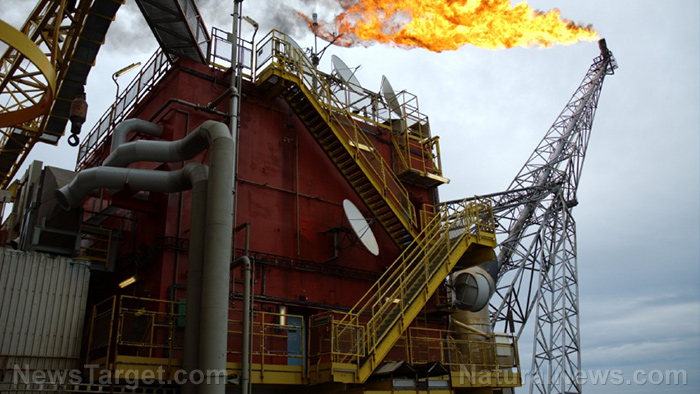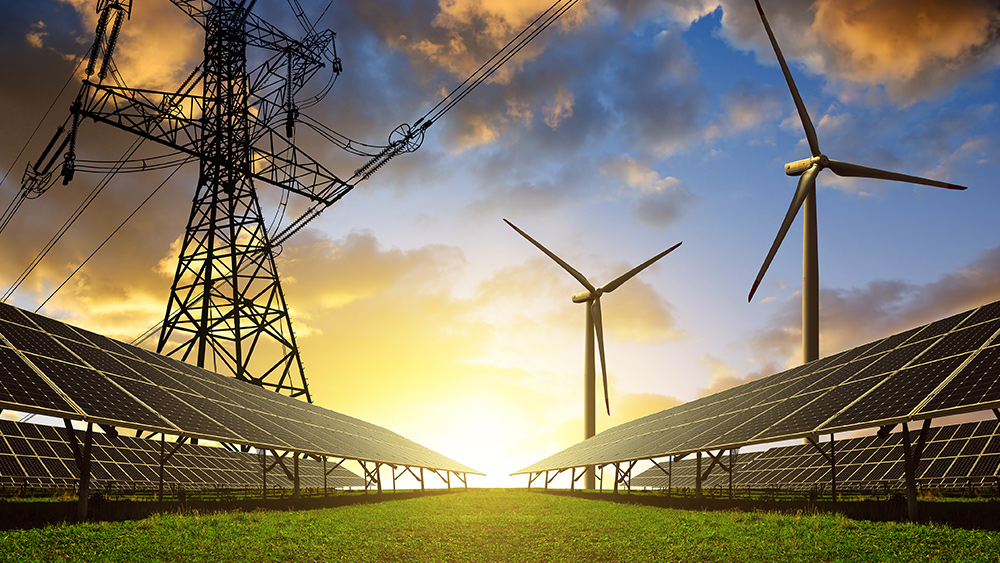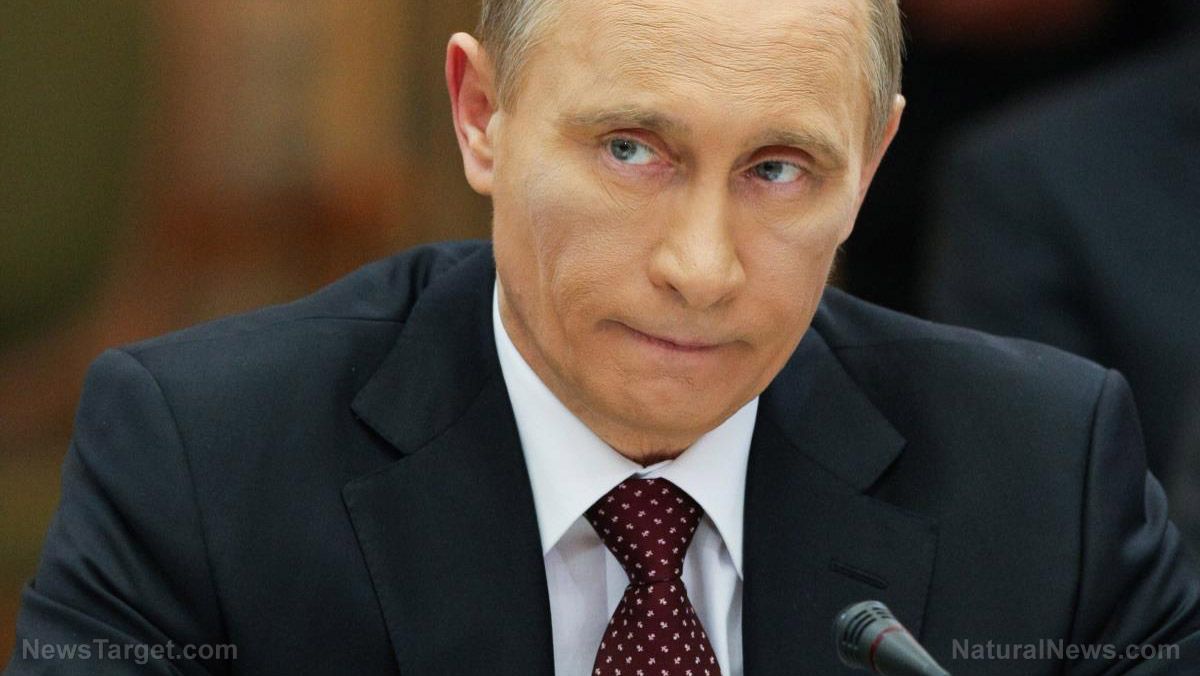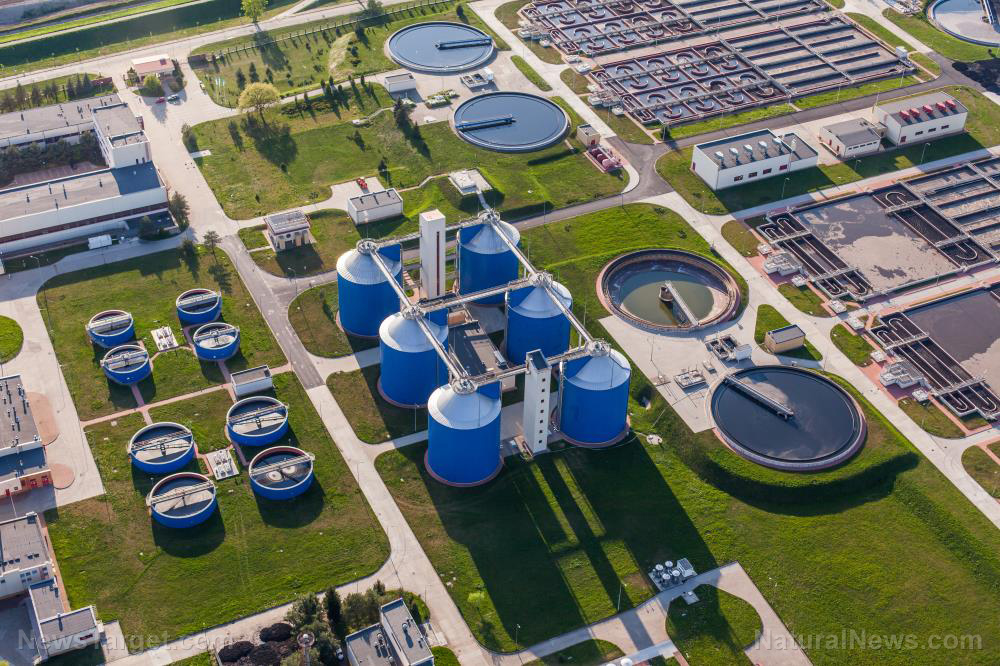OPEC+ cuts oil production by 100K barrels per day amid dropping oil prices, stoking fears of global recession
09/12/2022 / By Kevin Hughes

The Organization of the Petroleum Exporting Countries (OPEC) and its associated producers announced Sept. 5 that they will decrease oil production by 100,000 barrels per day (bpd). The decision to slash production came amid worries of plunging oil prices and a global recession.
In a media release, OPEC and its partners under the OPEC+ banner said they agreed to “revert to the production level of August 2022 … for the month of October.” It was a complete turnaround from the collective’s earlier decision to increase oil production for September by 100,000 bpd. The release also stated that OPEC has plans to reconvene on Oct. 5 and could meet again anytime, if necessary, to “address market developments.”
According to the Wall Street Journal, the Sept. 5 announcement was OPEC’s first oil production cut in more than a year. It followed a 25 percent drop in crude oil prices for the last three months. As a result, petroleum prices increased by about three percent on the same day the production cut was announced.
The Associated Press reported that Prince Abdulaziz Bin Salman, Saudi Arabia’s energy minister, said OPEC+ nations could cut oil production at any moment. Members of the group expressed worry that a profitable renewal of the U.S.’s 2015 deal with Iran could see a flow of Iranian oil hit the market. Javad Owji, the Iranian minister of petroleum, said the worldwide energy market needs a boost in the form of oil from the Islamic republic.
Aside from Iran’s potential entry, OPEC+ members expressed concern that a global recession – driven by soaring inflation, energy troubles in Europe and pandemic-related economic downturn in China – could reduce oil demand.
OPEC+ members slashing production include Riyadh, Moscow
The 100,000 bpd reduction by OPEC+ amounted to only 0.1 percent of worldwide demand. According to OANDA Senior Market Analyst Craig Erlam, OPEC+’s earlier decision to increase production was not seen as a huge deal.
“It’s the symbolic message the group wants to send to the markets more so than anything,” he said. “What we’ve probably seen from the markets was pricing in most of the worst-case scenario.”
Saudi Arabia based its decision to drop petroleum output on what it perceived as excessive oil price drops. However, it was not the only OPEC+ member announcing production cuts as Russia followed suit.
According to Russian Deputy Prime Minister Alexander Novak, anticipations of fragile worldwide economic growth played a role in Moscow following Riyadh’s decision to slash oil output. A report by the TASS news agency quoted Russian Energy Minister Nikolai Shulginov, who remarked that the country would most probably decrease its oil production by around two percent this year.
Analysts predicted that the use of oil to generate power will increase. The prediction came amid Russian state-owned Gazprom saying it would halt pumping gas through the Nord Stream 1 pipeline because of a leak.
In August, the International Energy Agency elevated its oil demand prediction for the year, partially because it anticipates gas-to-oil shifting in some nations due to record natural gas and electricity prices.
Follow FuelSupply.news for more news about the global oil production.
Watch the video below to know why OPEC has sounded the alarm on oil production and supply.
This video is from the High Hopes channel on Brighteon.com.
More related stories:
Saudi Arabia increases September oil prices for Asian buyers to record-high levels.
Europe’s natural gas prices shoot up to record highs as Gazprom announces another pipeline shutdown.
US oil prices rise to a 7-year high as conflict between Russia and Ukraine continues.
Oil prices rise to multi-year high; analysts expect price surge to continue until end of year.
Biden mulls deals with Iran, Venezuela after announcing ban on Russian oil imports.
Sources include:
Submit a correction >>
Tagged Under:
big government, bubble, chaos, collapse, economic collapse, fossil fuel, Iran, Iranian oil, market crash, oil demand, oil prices, oil production, oil supply, OPEC, panic, petroleum, rationing, recession, risk, Russia, Saudi Arabia, scarcity, US-Iran deal
This article may contain statements that reflect the opinion of the author
RECENT NEWS & ARTICLES
NewEnergyReport.com is a fact-based public education website published by New Energy Report Features, LLC.
All content copyright © 2018 by New Energy Report Features, LLC.
Contact Us with Tips or Corrections
All trademarks, registered trademarks and servicemarks mentioned on this site are the property of their respective owners.



















